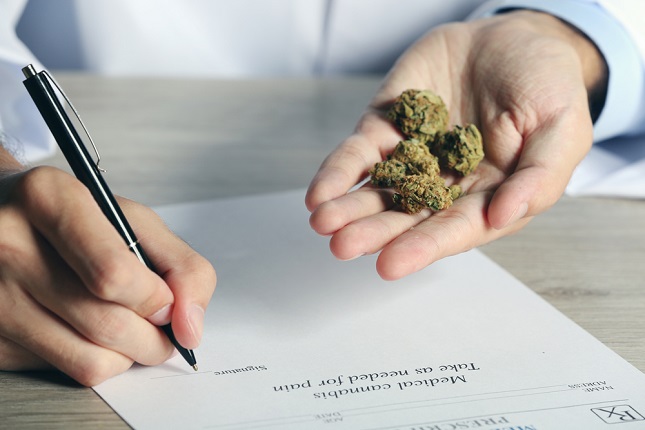For more than a decade, dozens of people have spoken about medical cannabis, and for many, their use of the plant is legal under some states’ laws in the U.S. Understandably, you, like others, want to know how one plant provides relief for so many symptoms and conditions.
Cannabis and the Endocannabinoid System
Inside every vertebrate’s body is the endocannabinoid system or ECS that’s a multifaceted system. The ECS plays a vital role in the regulation and balance of different functions such as pain, mood, emotion, memory, sleep, and metabolism.
The three primary mechanisms of the ECS are cannabinoid receptors, endocannabinoids, and metabolic enzymes.
Endocannabinoids—Endogenous lipid-based retrograde neurotransmitters that bind to the cannabinoid receptors. Results vary depending on the location of the cannabinoid receptor and cannabinoid. The two major ones are anandamide (AEA) and 2-arachidonoylglyerol (2-AG.)
Cannabinoid Receptors— The two identified G protein-coupled receptors (GPCRs) are cannabinoid receptor 1 (CB1) and cannabinoid receptor 2 (CB2.) These receptors are found throughout the body and interact with the endocannabinoids and the metabolic enzymes of the ECS.
Metabolic Enzymes—These degrade the endocannabinoids after they’ve completed their task. The fatty acid amide hydrolase (FAAH) breakdown AEA and monoacylglycerol acid lipase (MAGL) degrades the 2-AG.
Phytocannabinoids interact with the ECS like endocannabinoids. Medical Cannabis works by helping maintain balance or homeostasis in the body.
Cannabinoid Basics
Some phytocannabinoids are found in different plant species, such as cannabis. These phytocannabinoids interact with the body like endocannabinoids and explain how medical cannabis is effective for so many people and animals.
The most common cannabinoids found in different cannabis cultivars are:
- Delta-9-tetrahydrocannabinol (THC)
- Cannabidiol (CBD)
- Cannabichromene (CBC)
- Cannabigerol (CBG)
- Cannabinol (CBN)
- Cannabigerovarin (CBGV)
Other plants that have phytocannabinoids or properties like them include:
- Acmella Oleracea (Electric Daisy)
- Helichrysum Umbraculigerum
- Echinacea (Coneflower)
- Radula Marginata (Liverwort)
- Piper Nigrum (Black Pepper)
- Theobroma Cacao (Chocolate)
- Tuber Melanosporum (Black Truffles)
- Chinese Rhododendron
- Piper Methysticum (Kava)
Terpenes: The Scent of Cannabis
Terpenes are compounds found in hundreds of plants along with cannabis that produce a variety of scents that drive away predators and carry many unique, medicinal characteristics. There are at a minimum, 20,000 known terpenes and more than 200 have been identified in different cannabis cultivars. Some of the most common include:
- Myrcene
- Limonene
- Linalool
- Pinene
- Caryophyllene
Other than Cannabis, these terpenes are also found in:
- Mango
- Citrus
- Lavender
- Pine
- Black Pepper
Flavonoids: The Color of Cannabis
Flavonoids are phytonutrients (plant chemicals) that are responsible for the bright reds, oranges, and deep purple colors of different cannabis cultivars. Like phytocannabinoids and terpenes, flavonoids are in dozens of plants other than cannabis. Most people consume 1 to 2 grams of these compounds daily through a regular diet. Flavonoids are found in:
- Fruits
- Vegetables
- Seeds
- Tea
- Nuts
- Red Wine
Researchers can identify about 20 flavonoids found in the cannabis plant. They account for about 2.5% of the leaves and flowers dry weight. The common characteristics of these flavonoids include anti-inflammatory, antioxidant, and antibiotic potential.
With legal barriers lifted in Canada on research, there will be much more information on the benefits of medical cannabis. Health practitioners can expand their understanding of the plant and its 400-plus compounds with these future advancements to improve the quality of their patients’ lives through precision dosing cannabis medicine.







